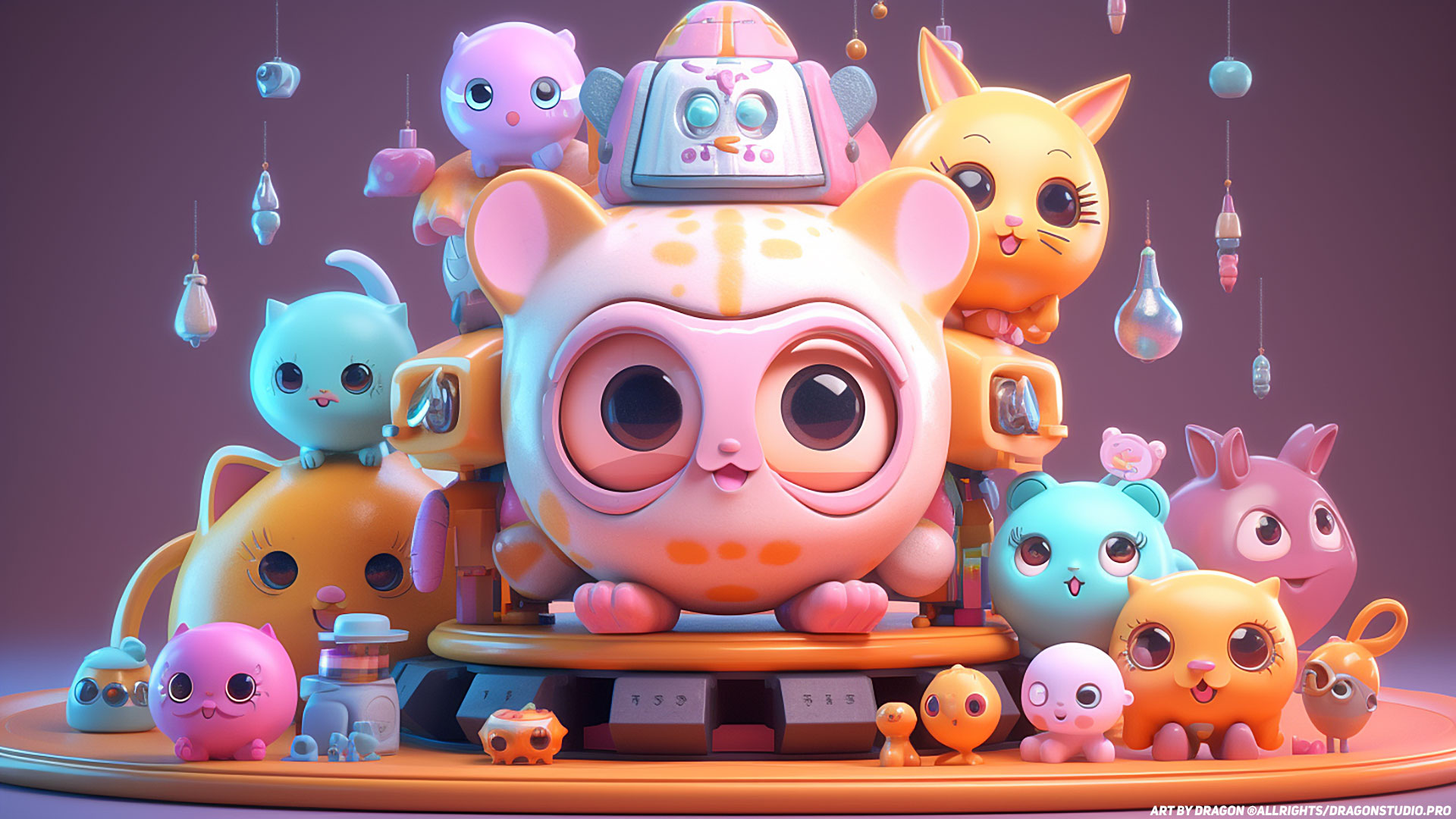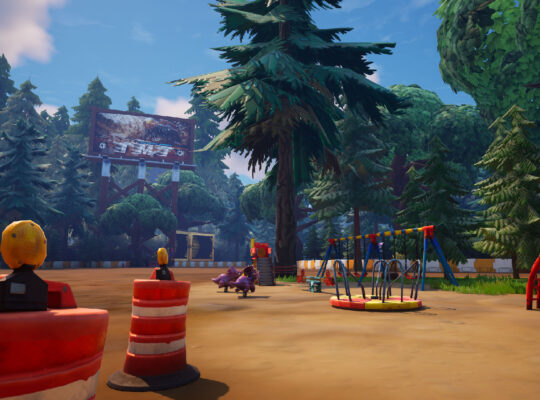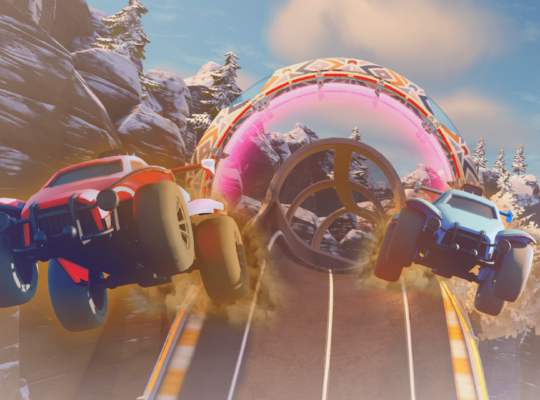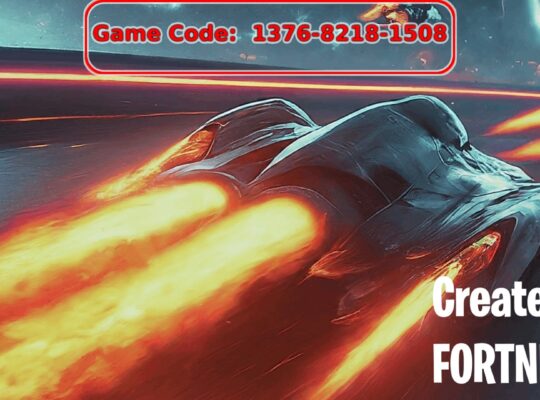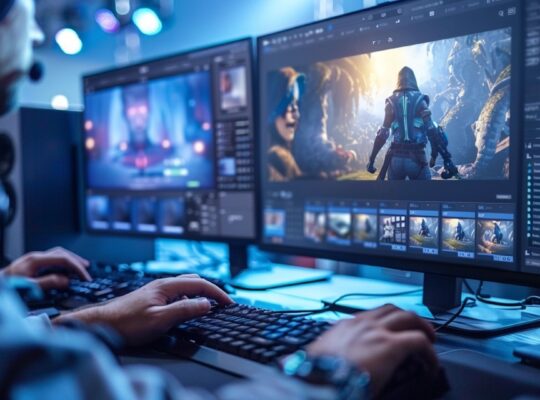The Unreal Editor for Fortnite (UEFN) offers creators a powerful toolkit to construct custom 3D models and edit existing meshes. Whether it’s creating unique props or fine-tuning asset details, UEFN’s robust modeling tools provide the freedom to manifest your creative vision.
Modeling in UEFN
Here’s a quick guide on how to utilize these tools effectively!

Architectural Budgets
In UEFN, an architectural budget refers to the total data size of an architectural asset. It’s crucial to keep track of these budgets, especially when dealing with assets like rocks or signs that you might place multiple times on your island. Remember, duplicates of an object do not add to the data size after the first instance, but the combined assets used on the island contribute to the project’s overall budget.
Orienting Your Assets
The orientation of your assets is vital in the 3D space. The Z-axis should point upwards, with the positive Y-axis pointing forward. This setup remains consistent across different 3D modeling tools like Blender, Maya, and 3DS Max, although there might be slight differences. Always import your mesh at a blockout stage to ensure the coordinates align correctly in UEFN.
Creating a Prop
You can create custom assets using any 3D tool you’re comfortable with. Start from the prototype (blockout asset) to set the silhouette and general look of your asset. Always ensure objects have a thickness, keep the surface of your mesh as simple as possible, and use face-weighted normals when creating tiling materials for smoother edges.
Polygons, Vertices, and Quadrants
UEFN encourages low poly and simple assets. Weld pieces together to avoid holes, work mainly with quadrants, and use triangles only where necessary. Flat surfaces should have fewer polygons, and the final vertex count should be checked in UE rather than your modeling software.
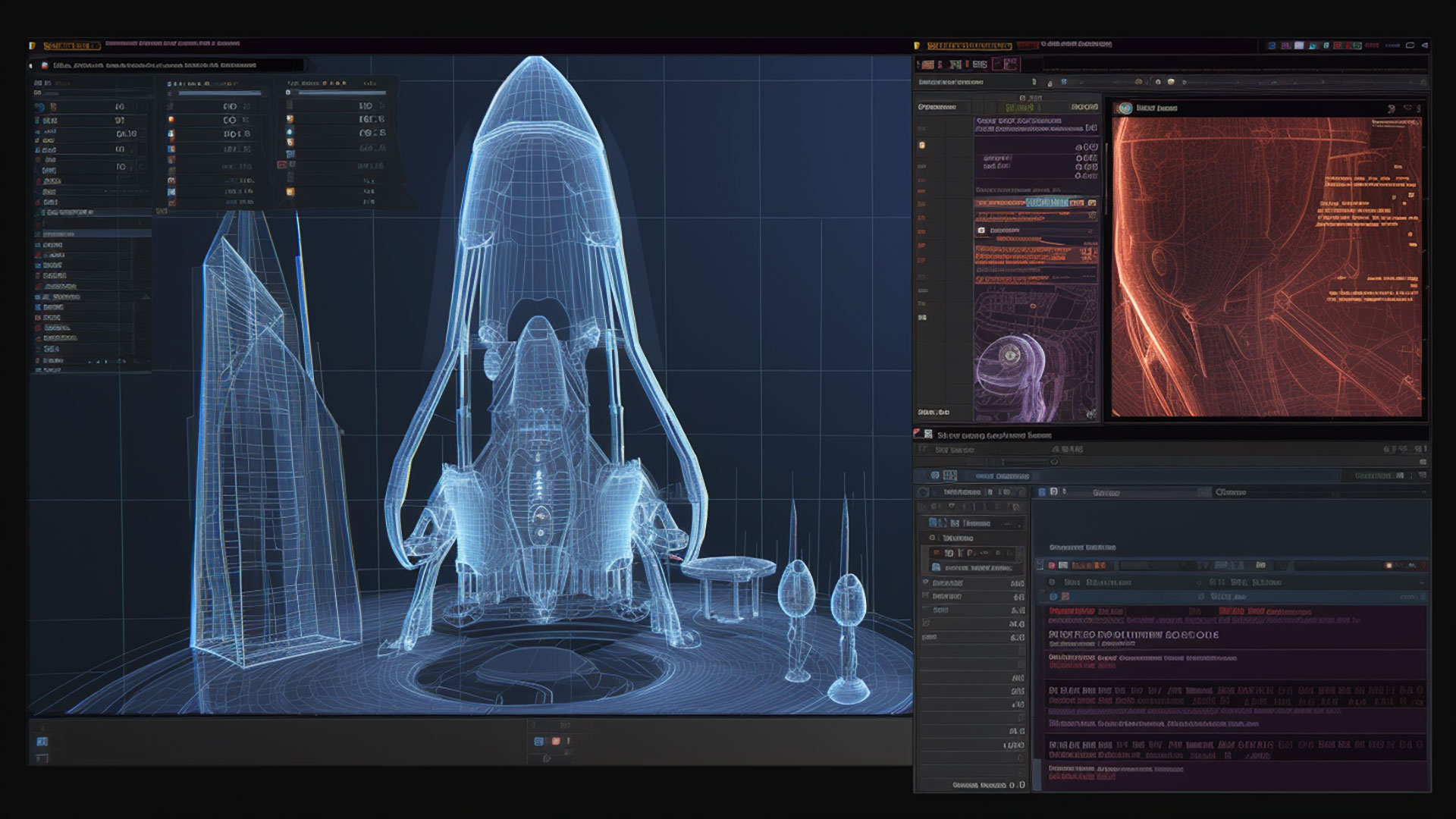
Watertight Construction
Watertight assets are crucial to avoid backfaces or gaps. Use your authoring program’s border edge highlighting option and cleanup tools to ensure your assets are watertight.
Static Mesh Naming Conventions
When naming your assets, context is key. If your mesh is a chair, include the word “chair” in the name. For multiple similar meshes, add a number behind the asset name for differentiation.
UVs
Meshes need at least one UV set, and architectural assets typically require a second UV set for separating assignments to texture sets. All UVs must be inside the [0 to 1] space if baked from a high-resolution workflow. Avoid stretching UVs or UV islands and pack them as efficiently as possible.
Material File-Naming Conventions
The naming conventions for textures and materials should reflect what the material is for, and the type of material it is. Group related items together with the same identifier in the naming convention to maintain consistency.
Unlimited Potential
Creating your own props in UEFN offers unlimited creative potential. By understanding and utilizing the various modeling tools, observing the recommended guidelines, and managing your project’s architectural budget, you can transform your gaming island into a unique and immersive experience. Remember, the key to successful game development lies in continuous learning, experimentation, and a passion for creativity!
Share Your Work in Our Discord
Join The Creative Blok Discord to connect with amazing independent creative game developers from around the world!


